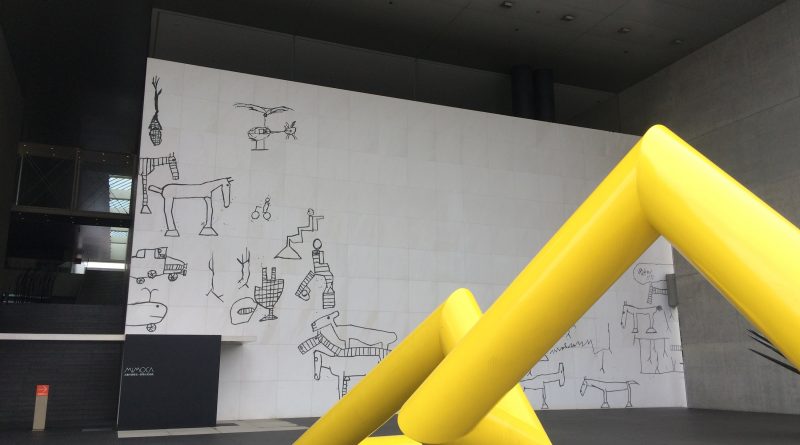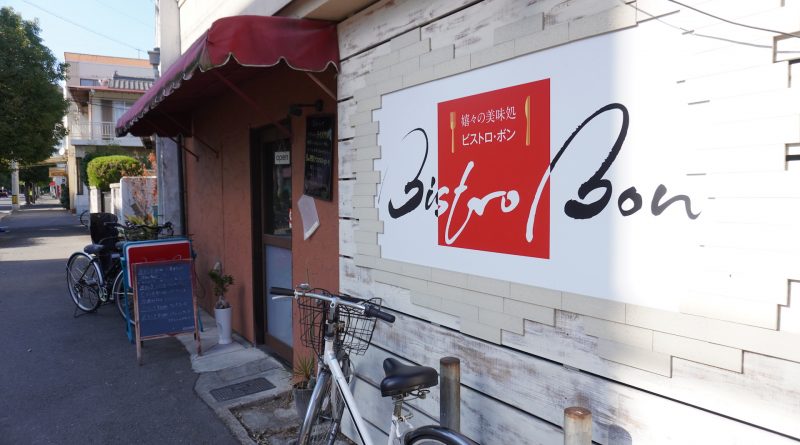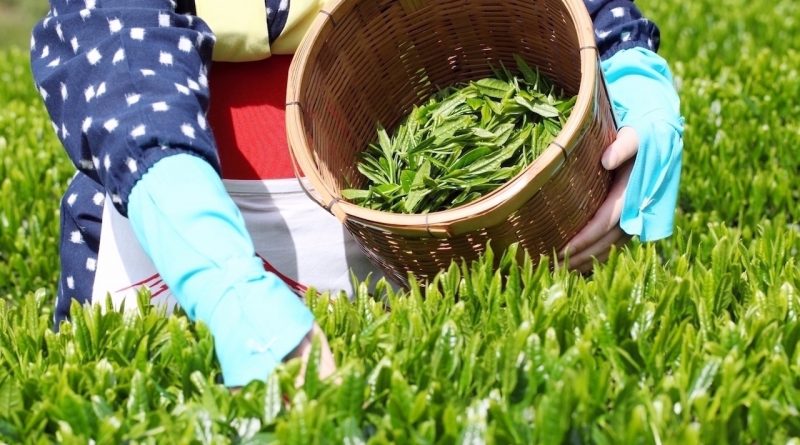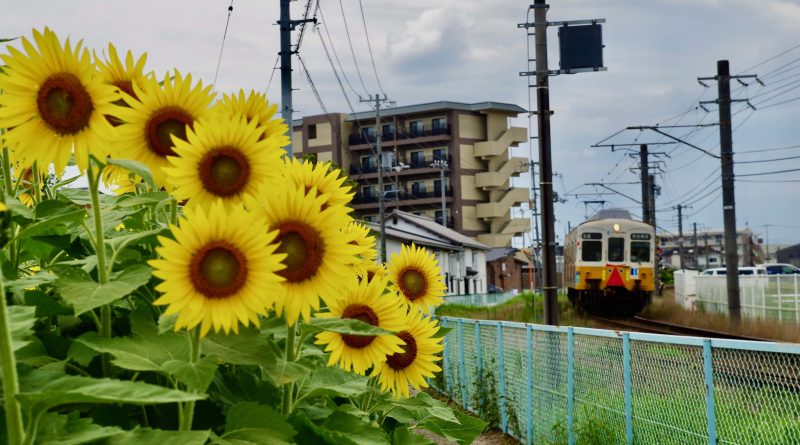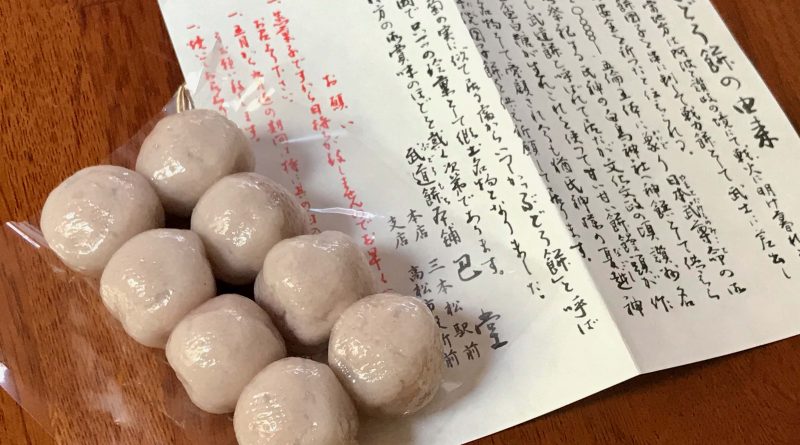Interaction beyond time and space at the Genichiro-Inokuma Museum of Contemporary Art
Every time I visit the Genichiro-Inokuma Museum of Contemporary Art, I cannot help thinking of the song ‘Kuchibue’ (meaning ‘whistle’ in Japanese) in my head. The lyric says: though tangible things lo
Read more
